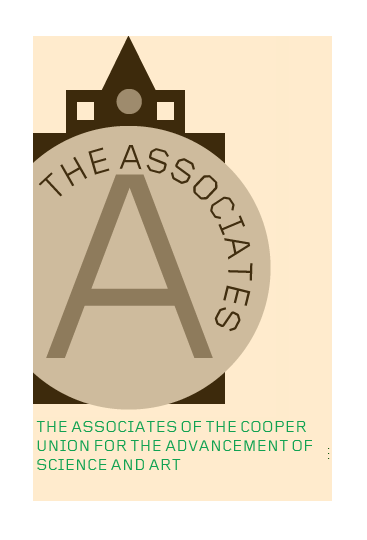 Over the past year, I’ve been researching and reporting on the history and fate of my alma mater, Cooper Union. I’m so happy that n+1 published the fruits of that labor. Check it out here.
Over the past year, I’ve been researching and reporting on the history and fate of my alma mater, Cooper Union. I’m so happy that n+1 published the fruits of that labor. Check it out here.
“Cooper Union is dealing not only with a financial crisis but also an existential one. What is playing out at this East Village institution speaks both to the national debate about debt, labor, and the affordability of higher education and to the institution’s history, which in its early years was so closely tied to the desires of the nation.”
On April 23, 2013, the Board of Trustees announced that Cooper Union would reduce its scholarship policy to 50%, and would start charging students $20k/year beginning in 2014. Felix Salmon at Reuters has been doing some excellent reporting on this issue. In his article, “It’s time to air Cooper Union’s Dirty Laundry,” he gives a very kind shout out to this n+1 piece.
If you want to really understand the importance of Cooper Union and its century-long tradition of free tuition, I can’t recommend Sangamithra Iyer’s excellent article in n+1 highly enough. And it contrasts greatly, of course, with the official statement from Cooper Union’s Board of Trustees, saying that the college is going to stop being free very soon: beginning, in fact with the students entering in September 2014…The fact is, as Iyer clearly lays out, that charging tuition runs in direct violation of Peter Cooper’s vision and his founding principles. Indeed, the original Cooper Union charter held the institution’s trustees personally responsible for any deficit, while ensuring that education was free to all enrolled students.
You must also check out Salmon’s piece: “The Tragedy of Cooper Union,“
For an institution which was founded to exist in perpetuity, this kind of board turnover is decidedly worrying, especially since it was the board which decided and announced that Cooper Union will start charging tuition. If this board is just passing through, with precious little aggregate tenure or institutional memory, the legitimacy of that decision is surely greatly reduced.
Students, alumni , faculty and staff are continuing to organize to preserve a Free Cooper Union.


 Last December, I had a chance to meet with Jamshed Bharucha, the new President of Cooper Union in his office with other Cooper Union Alumni. During this meeting, I asked to what extent the tuition model has been developed. “On the question of how much tuition would be charged, how many would have to pay and how much of it they would have to pay, we’ve hired a consultant,” Bharucha said. “It’s a specialty now. It’s called enrollment management. We’ve hired one of the top enrollment management firms. They will do the market research.”
Last December, I had a chance to meet with Jamshed Bharucha, the new President of Cooper Union in his office with other Cooper Union Alumni. During this meeting, I asked to what extent the tuition model has been developed. “On the question of how much tuition would be charged, how many would have to pay and how much of it they would have to pay, we’ve hired a consultant,” Bharucha said. “It’s a specialty now. It’s called enrollment management. We’ve hired one of the top enrollment management firms. They will do the market research.”
